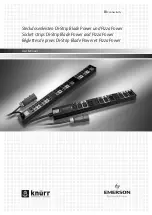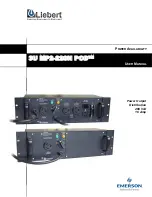
Controlling Device Functions
225
7SS52 V4 Manual
C53000-G1176-C182-3
6.3
Controlling Device Functions
You have several options for interfering with the SIPROTEC 7SS52 V4 distributed
busbar and breaker failure protection during operation to influence individual functions
and annunciations. This includes
•
creating an oscillographic fault record (see Chapter 6.3.1, page 225)
•
blocking the TRIP command (see Chapter 6.3.2.1, page 226)
•
blocking the breaker failure protection (see Chapter 6.3.2.2, page 230)
•
blocking of individual busbar sections (see Chapter 6.3.2.3, page 232)
•
saving and erasing annunciations (see Chapter 6.3.3, page 233)
•
circuit breaker test (see Chapter 6.3.4, page 235)
•
resetting the blocking of the differential current supervision
(see Chapter 6.3.5.1, page 237)
•
resetting the blocking of the isolator status supervision
(see Chapter 6.3.5.2, page 238)
•
triggering an initial start and a restart (see Chapter 6.3.6, page 238)
•
reading and setting date/time (see Chapter 6.3.7, page 239)
6.3.1
Creating an Oscillographic Record
The oscillographic record is usually triggered by the TRIP command of the busbar pro-
tection, of the breaker failure protection or via the tripping of the overcurrent protection
and it ends when they are cleared. Not every fault event triggers a fault record (see
also Chapter 5.13, page 182).
After starting the fault recording, the data are stored in a range from max. 500 ms be-
fore the TRIP command to max. 500 ms after it. When the memory is full, each new
fault event overwrites the oldest fault event stored in the device. You can also trigger
the fault recording via DIGSI during operation.
from the PC
with DIGSI
To trigger the fault recording at the
central unit
(PC linked to central unit) proceed as
follows:
Open the DIGSI Manager of the central unit.
Click the folder
Online
in the navigation window of the DIGSI Device Configuration.
This will open the directory containing the operating functions of the device.
Click
Test
. The function selection now shows the individual test functions.
Double-click
Start Oscillographic Fault Recording
. The fault recording is started.
For further information on the setting of the parameters for fault recording, please read
Chapter 5.6, page 160 and Chapter 5.13, page 182.
The data can be read out to a PC and evaluated by the DIGSI communication software
(see Chapter 6.2.3, page 221).
To trigger the fault recording of a single
bay unit
(PC linked to central unit or bay unit)
proceed as follows:
www
. ElectricalPartManuals
. com
















































